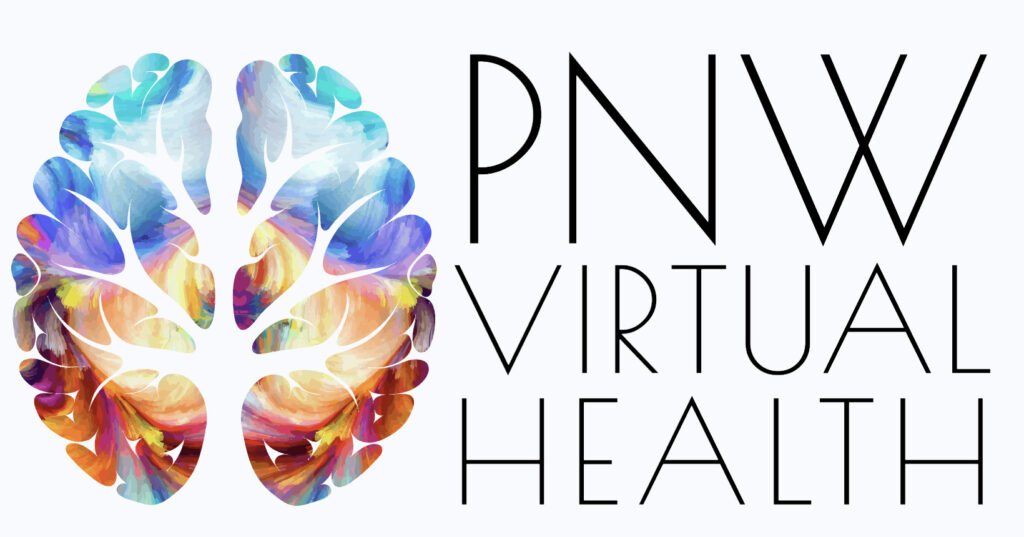Attention-deficit/hyperactivity disorder (ADHD) affects millions of adults and children, and finding the right treatment can significantly improve quality of life. While behavioral therapy plays a crucial role, medication is often a key component of a comprehensive treatment plan. This post aims to provide a more in-depth look at the various medications used to manage ADHD.
Understanding the Two Main Categories:
ADHD medications generally fall into two categories: stimulants and non-stimulants. Each category works differently in the brain, and the “best” medication varies from person to person.
Stimulant Medications: The First Line of Defense
Stimulants are typically the most commonly prescribed medications for ADHD. They work by increasing the levels of neurotransmitters like dopamine and norepinephrine, which play a crucial role in attention and focus. These medications are the most commonly prescribed for ADHD, and they work by increasing the levels of neurotransmitters like dopamine and norepinephrine in the brain. Here’s a breakdown:
- Methylphenidate-based medications:
- Ritalin: This is a short-acting stimulant.
- Concerta: This is a long-acting form of methylphenidate.
- Focalin: This contains dexmethylphenidate, a more active form of methylphenidate.
- Methylin: Another form of methylphenidate, available in liquid and chewable forms.
- Daytrana: This is a methylphenidate transdermal patch.
- Amphetamine-based medications:
- Adderall: This contains a combination of amphetamine salts. It is available in both short-acting and extended-release (Adderall XR) forms.
- Vyvanse: This is lisdexamfetamine, a prodrug that converts to dextroamphetamine in the body.
- Dexedrine: This contains dextroamphetamine.
- Mydayis: This is an extended-release form of amphetamine.
Non-Stimulant Medications:
Non-stimulant medications work through different mechanisms than stimulants and are often used when stimulants are not effective, well-tolerated, or when co-existing conditions are present. These medications work differently than stimulants and are often used when stimulants are not well-tolerated or effective.
- Atomoxetine (Strattera): This is a selective norepinephrine reuptake inhibitor (SNRI).
- Guanfacine (Intuniv): This is an alpha-2 adrenergic agonist.
- Clonidine (Kapvay): This is also an alpha-2 adrenergic agonist.
- Viloxazine (Qelbree): This is a selective norepinephrine reuptake inhibitor.
- In some cases, certain antidepressants like Bupropion (Wellbutrin), and tricyclic antidepressants are used.
Key Considerations:
- Individualized Treatment: The most effective medication and dosage will vary depending on individual needs and responses.
- Monitoring: Regular monitoring by a healthcare professional is essential to assess effectiveness and manage potential side effects.
- Combination Therapy: ADHD treatment often involves a combination of medication and behavioral therapy.
- It is critical to remember that this information is for educational purposes, and medical advice should be sought from a doctor.
Finding the Right Path:
Navigating ADHD medications can feel overwhelming, but with the guidance of a healthcare professional, individuals can find a treatment plan that helps them manage their symptoms and lead fulfilling lives. Remember that patience and open communication with your provider are key to finding the right medication and dosage for your unique needs.
